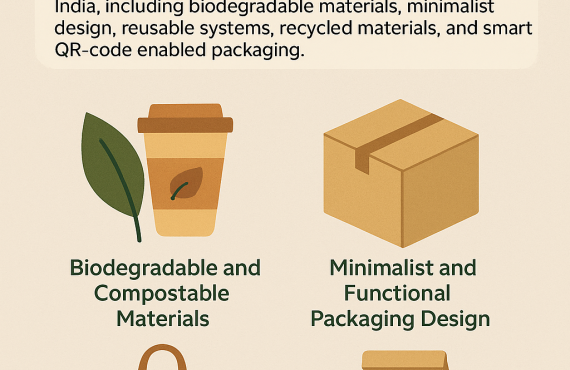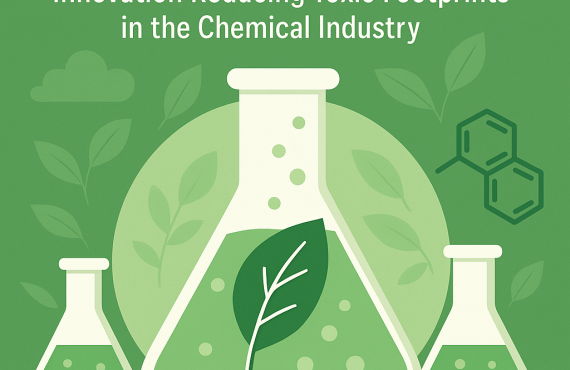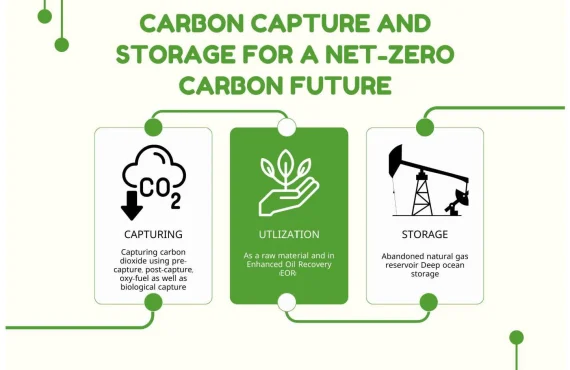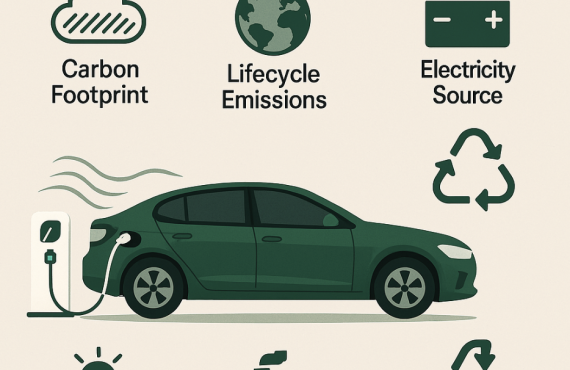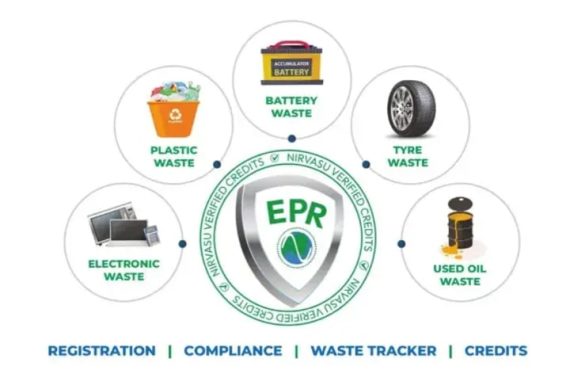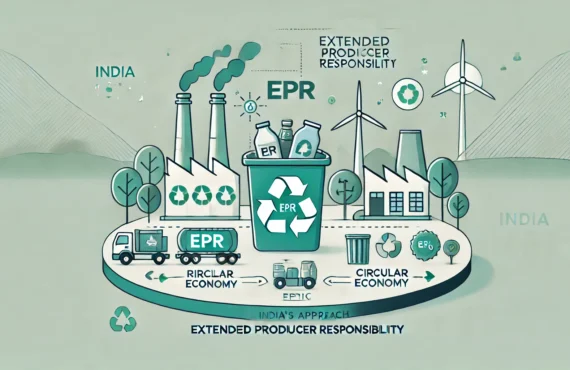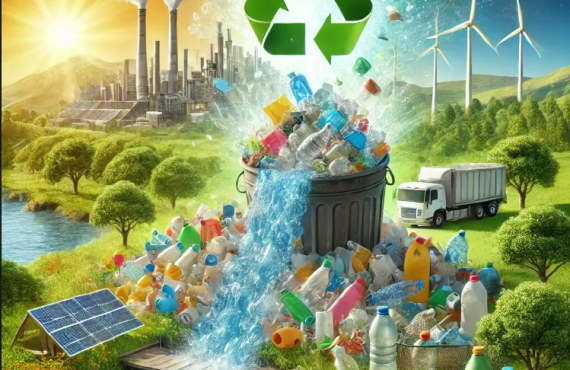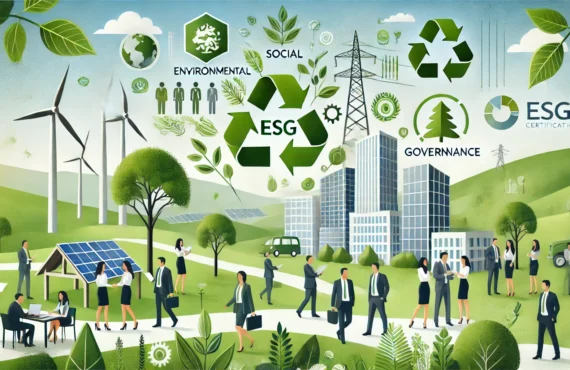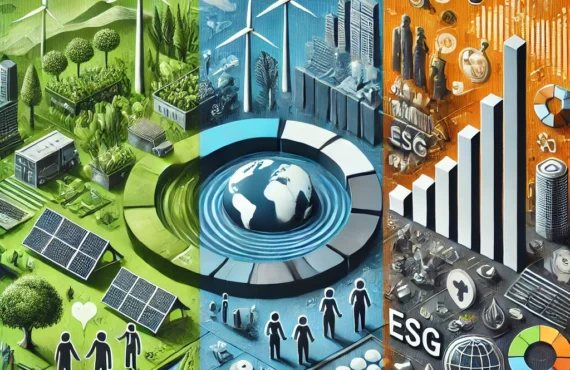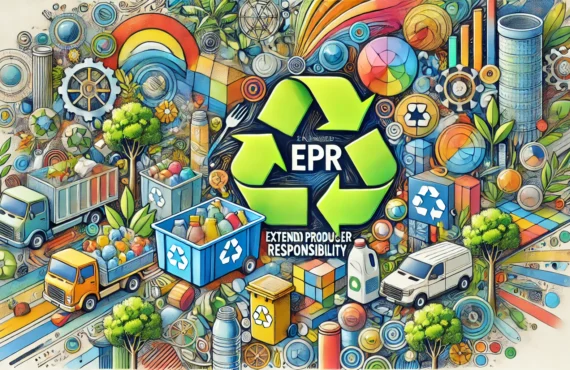Introduction
Climate change is one of the most pressing issues of our time, and reducing carbon emissions is critical to slowing global warming. While renewable energy sources like wind and solar are gaining traction, industries such as power generation, cement, and steel manufacturing continue to rely on fossil fuels. These industries account for a significant portion of global greenhouse gas (GHG) emissions. One solution that is gaining momentum is Carbon Capture and Storage (CCS)—a technology designed to capture carbon dioxide (CO₂) emissions at the source and store them safely underground.
In this article, we’ll explore how CCS works, its benefits, challenges, and real-world applications. We’ll also discuss its role in a low-carbon future and why governments and industries are investing heavily in its development.
What is Carbon Capture and Storage (CCS)?
Carbon Capture and Storage (CCS) is a cutting-edge climate change mitigation technology designed to reduce carbon emissions from industrial sources before they reach the atmosphere. By capturing CO₂ at the source and securely storing it, CCS helps industries decarbonize operations while maintaining production efficiency.
CCS involves three main stages:
1. Carbon Capture
CO₂ is captured directly from industrial processes such as power plants, steel manufacturing, and chemical refineries. There are three primary carbon capture methods: post-combustion capture, pre-combustion capture, and oxy-fuel combustion. Each method is tailored to different industrial applications, ensuring efficiency in emission reduction.
2. Carbon Transport
Once captured, CO₂ is compressed and transported via pipelines, ships, or trucks to designated storage locations. Pipelines are the most commonly used method in large-scale CCS projects.
3. Carbon Storage
Captured CO₂ is injected deep underground into saline aquifers, depleted oil and gas fields, or deep rock formations. These geological storage sites are carefully monitored to ensure carbon sequestration remains secure for thousands of years.
Why is CCS Important for Climate Change?
CCS plays a crucial role in reducing carbon emissions and achieving global net-zero goals.
Significant CO₂ Reduction
CCS can capture up to 90% of CO₂ emissions from industrial facilities, making it a powerful solution for lowering the carbon footprint of energy-intensive sectors.
Supports Clean Hydrogen Production
Blue hydrogen production relies on CCS to capture emissions from hydrogen derived from natural gas, making it a cleaner alternative to traditional fossil fuels.
Advances Carbon Utilization
Captured CO₂ isn’t always wasted—it can be used in enhanced oil recovery (EOR), carbonated beverages, synthetic fuels, and building materials, contributing to a circular carbon economy.
Complements Renewable Energy
While renewable energy sources like wind and solar are growing, CCS provides a viable bridge solution, enabling industries to lower emissions while transitioning to cleaner alternatives.
Challenges of CCS Technology
Despite its potential, CCS faces several barriers:
High Costs
The cost of carbon capture remains high due to expensive infrastructure and energy consumption. However, technological advancements are gradually reducing these costs.
Energy Demand
CCS requires additional energy to capture, transport, and store CO₂, which can lower the overall efficiency of power plants and industrial facilities.
Storage Security Concerns
Public concerns over CO₂ leakage risks necessitate strict monitoring and regulatory frameworks to ensure safe carbon storage.
Lack of Infrastructure and Policy Support
Widespread adoption of CCS requires carbon pricing, government incentives, and extensive pipeline networks to make it economically viable.
Real-World Examples of CCS in Action
Several large-scale CCS projects worldwide demonstrate its feasibility and effectiveness:
Boundary Dam Project (Canada)
Canada’s Boundary Dam captures over 1 million tons of CO₂ annually, proving CCS can work in commercial power plants.
Sleipner Project (Norway)
One of the longest-running CCS projects, Sleipner, has stored millions of tons of CO₂ in deep saline aquifers under the North Sea since 1996.
Petra Nova (USA)
Previously the largest coal-fired CCS project in the U.S., Petra Nova captured 1.4 million tons of CO₂ annually before it was paused due to economic reasons.
Northern Lights Project (Norway)
Norway’s Northern Lights initiative is part of the Longship project, aiming to create a CO₂ transport and storage network for European industries.
Future of CCS: Scaling Up for a Net-Zero Future
As countries commit to net-zero targets, CCS adoption is accelerating. The U.S., EU, and China are pouring billions into CCS research, development, and deployment to meet climate targets.
New advancements like Direct Air Capture (DAC) and carbon mineralization are making CCS more efficient and cost-effective. Policies like the U.S. 45Q tax credit and the EU’s carbon pricing mechanisms are encouraging industries to integrate CCS into their decarbonization strategies.
Conclusion: CCS as a Climate Solution
Carbon Capture and Storage (CCS) is not just a concept—it’s a proven solution for reducing carbon emissions from industries that lack immediate alternatives. While challenges remain, the growing investments, technological advancements, and government incentives are positioning CCS as a key tool in the fight against climate change.
As the world pushes toward a low-carbon future, the question is no longer whether CCS should be used but how quickly it can be scaled up to meet global climate goals. By capturing and bottling up carbon, we can take a significant step toward a cleaner, more sustainable world.




